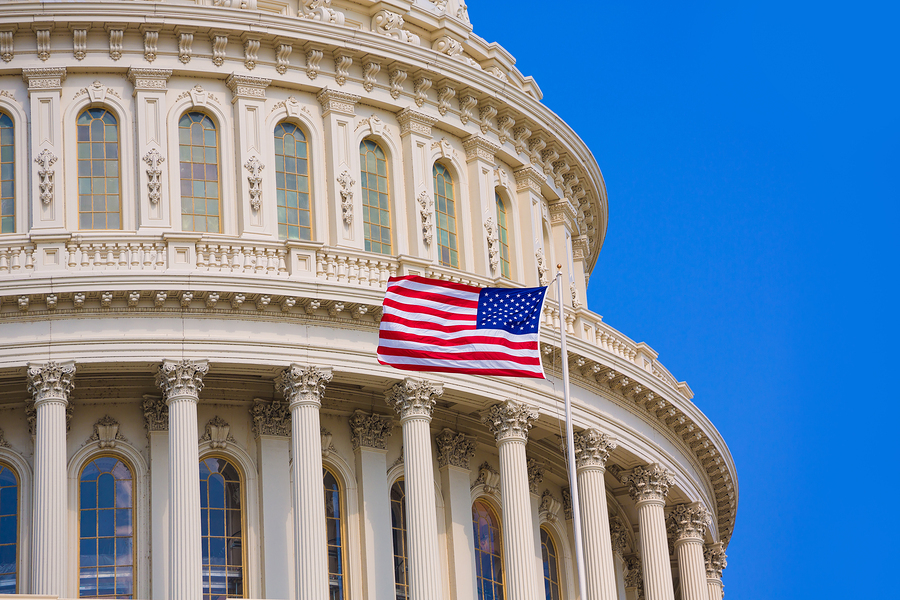View Sale Announcement Detail


Archived news
 The government has imposed new rules regarding student loans in the US.
The government has imposed new rules regarding student loans in the US.  Private student loans actually have much fewer delinquencies in comparison to government-issued student loans.
In 2010, however, banks were forced out of the federal student loan program partly because of the liquidity crisis in the student-loan market. The global financial crisis resulted in a shrinkage in capital for lenders who were no longer able to come up with the cash needed to generate new student loans. The federal government ended up stepping in by providing this much-needed liquidity to help the market get started.
The US Education Department has since been providing all federal student loans. No longer are loans being made through the traditional system. However, billions of dollars in legacy outstanding loans are still being traded on the secondary market, many of which are suffering from poor performance issues. Many lenders are finding it nearly impossible to sell their old loans on the secondary market as a result of uncertainty of future payment rates causing price decline and a lack of capital.
Private student loans actually have much fewer delinquencies in comparison to government-issued student loans.
In 2010, however, banks were forced out of the federal student loan program partly because of the liquidity crisis in the student-loan market. The global financial crisis resulted in a shrinkage in capital for lenders who were no longer able to come up with the cash needed to generate new student loans. The federal government ended up stepping in by providing this much-needed liquidity to help the market get started.
The US Education Department has since been providing all federal student loans. No longer are loans being made through the traditional system. However, billions of dollars in legacy outstanding loans are still being traded on the secondary market, many of which are suffering from poor performance issues. Many lenders are finding it nearly impossible to sell their old loans on the secondary market as a result of uncertainty of future payment rates causing price decline and a lack of capital.
Garnet Capital Advisors 500
Mamaroneck Avenue, Harrison, NY 10528
(914) 909-1000
info@garnetcapital.comGarnet Capital Advisors 500
Mamaroneck Avenue, Harrison,
NY 10528
(914) 909-1000